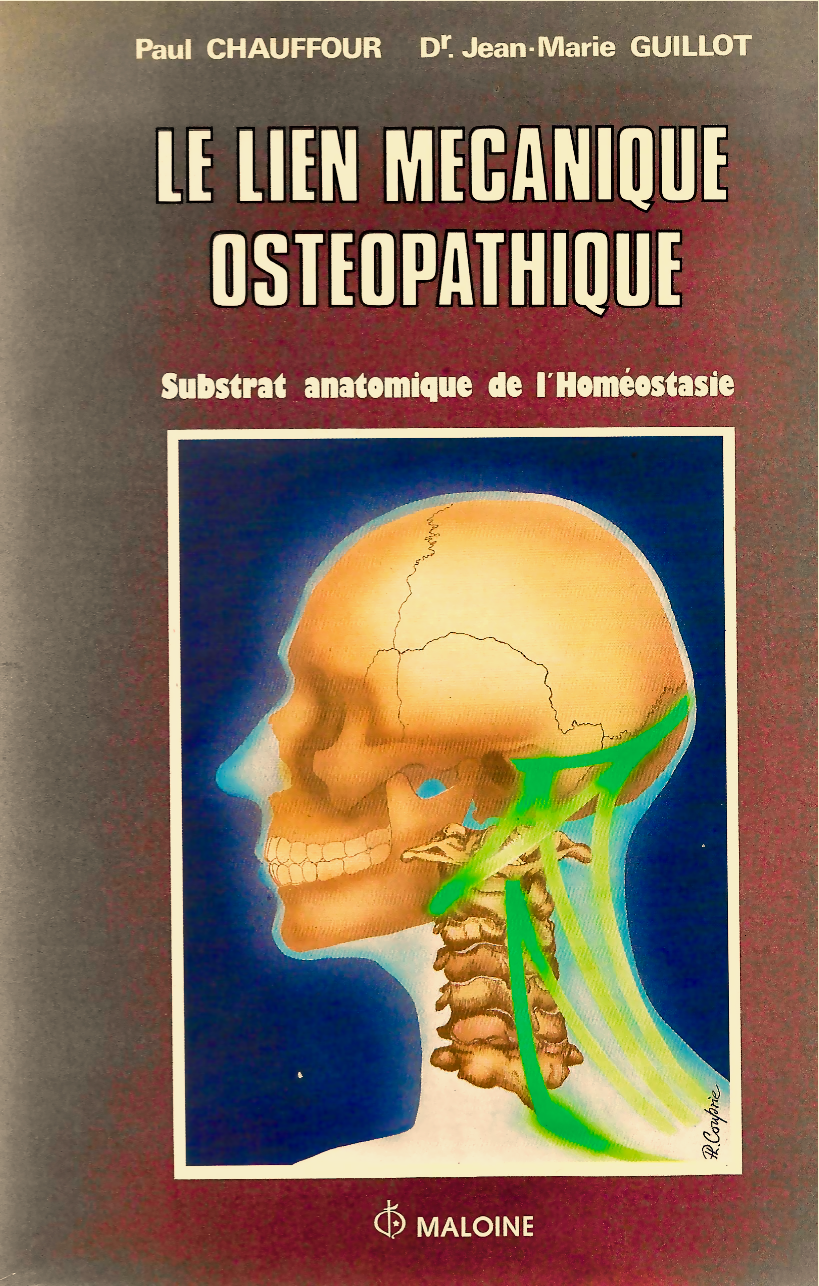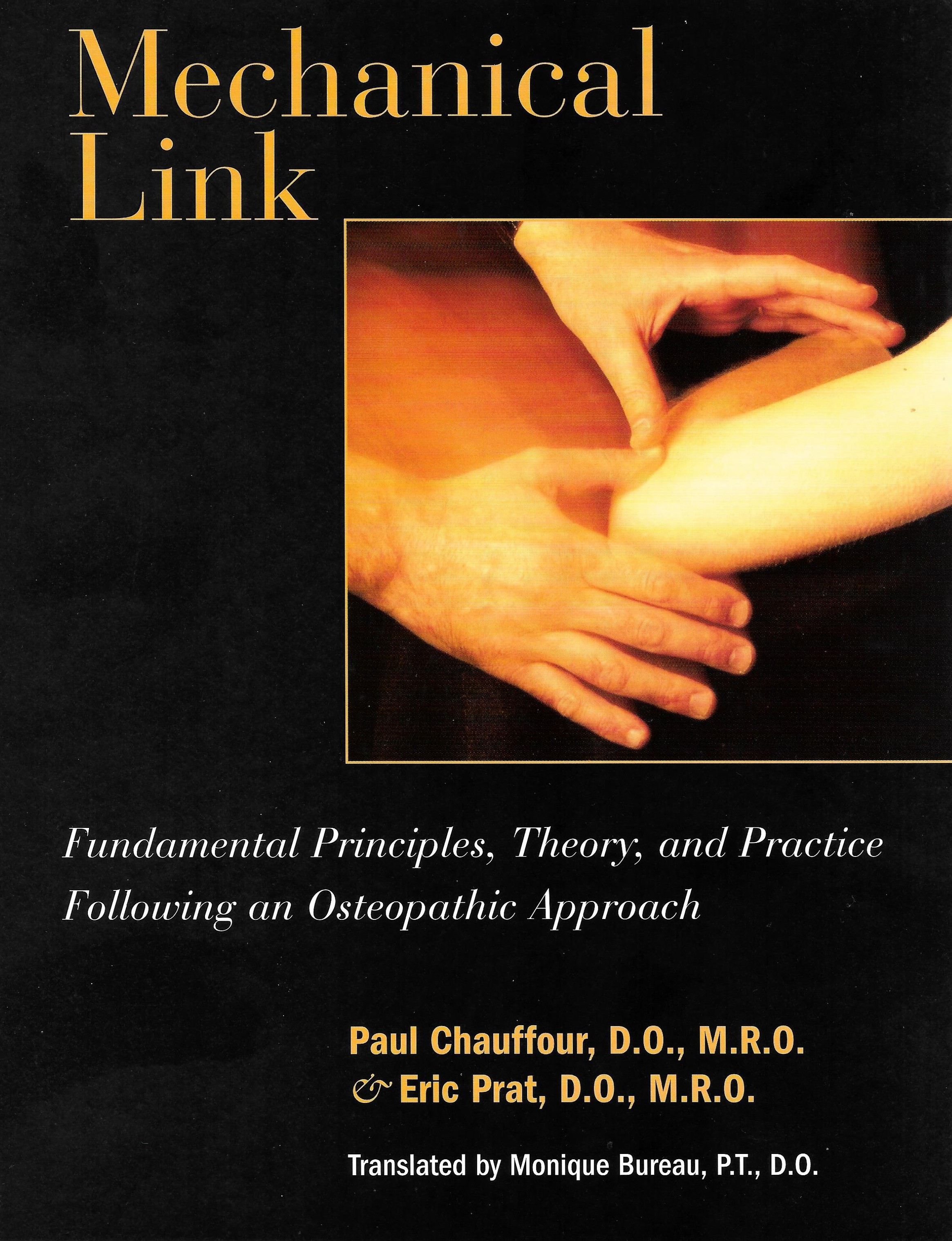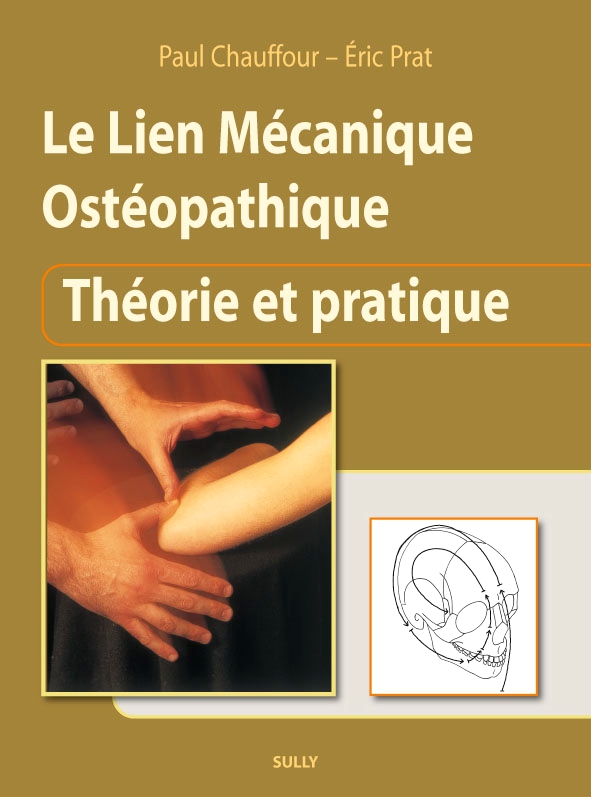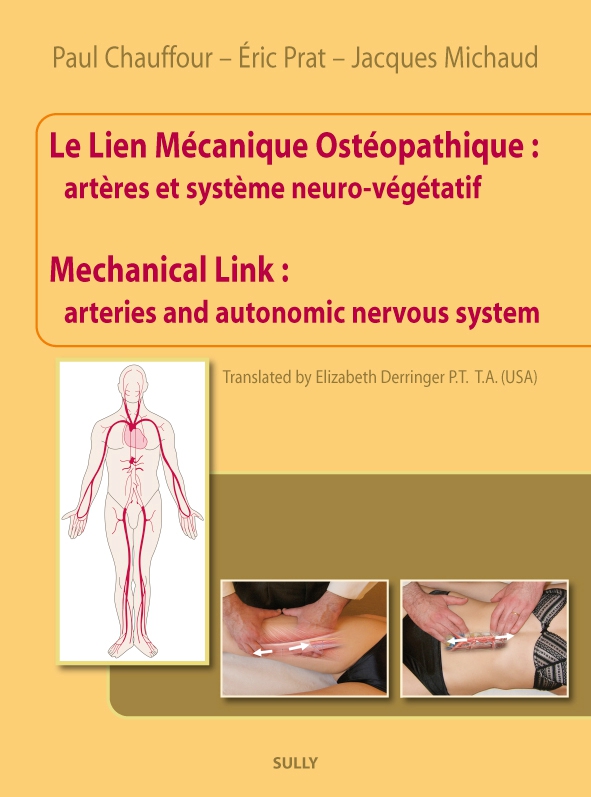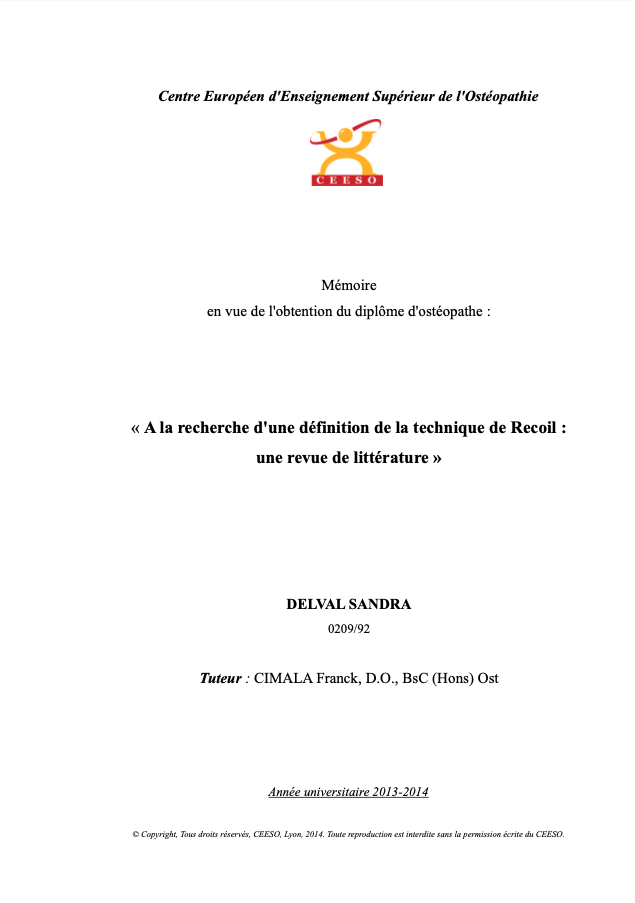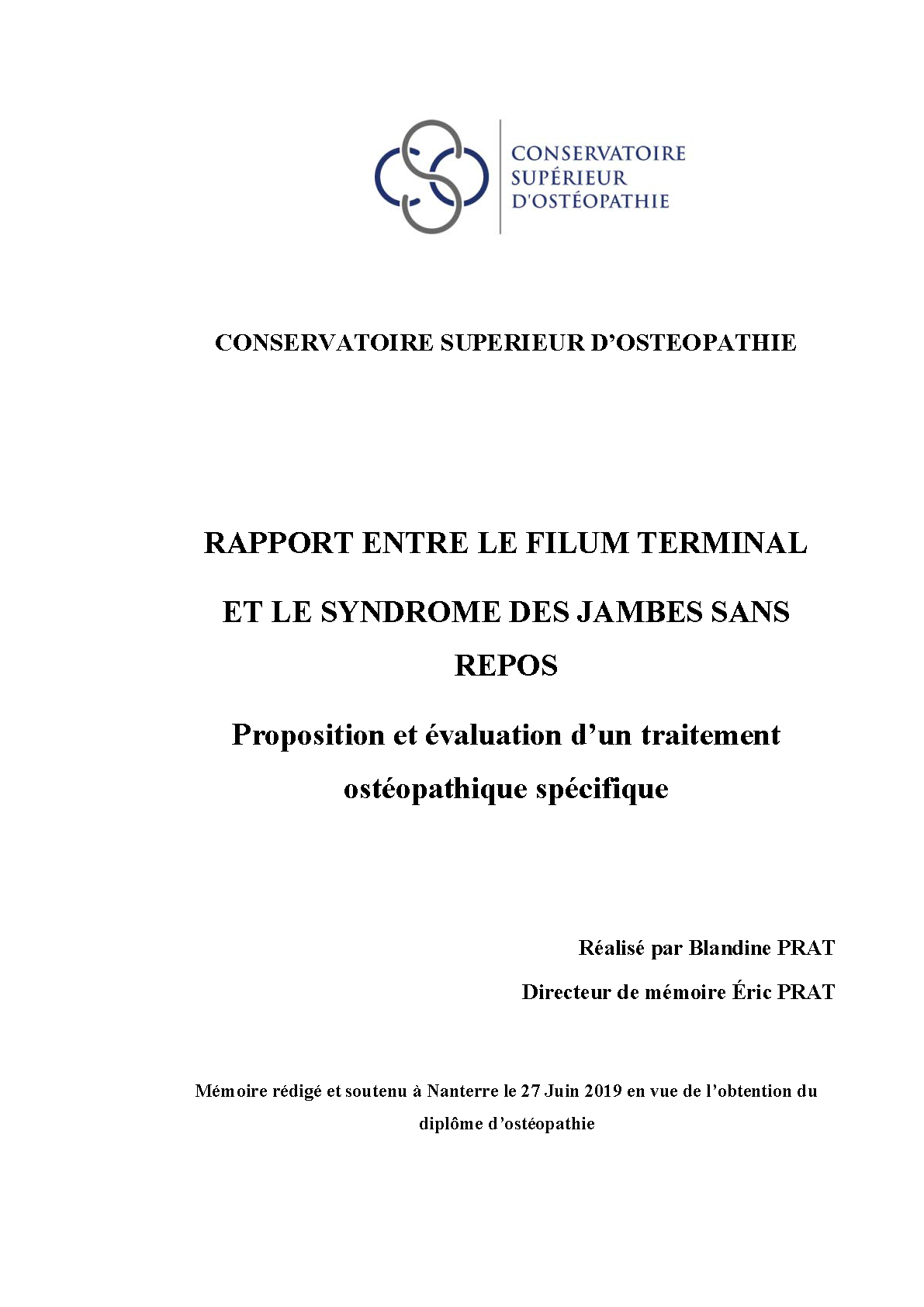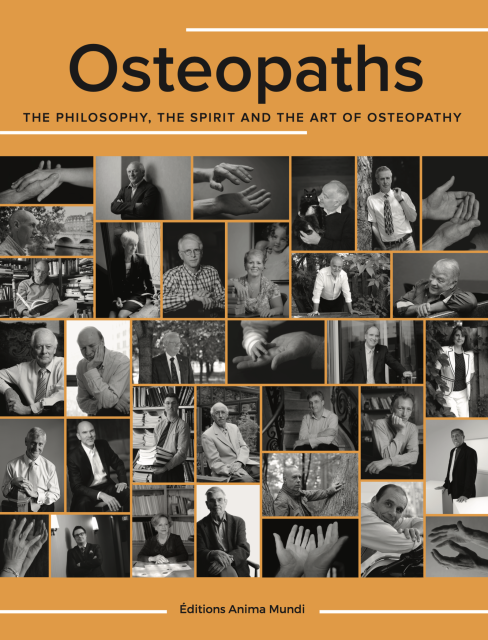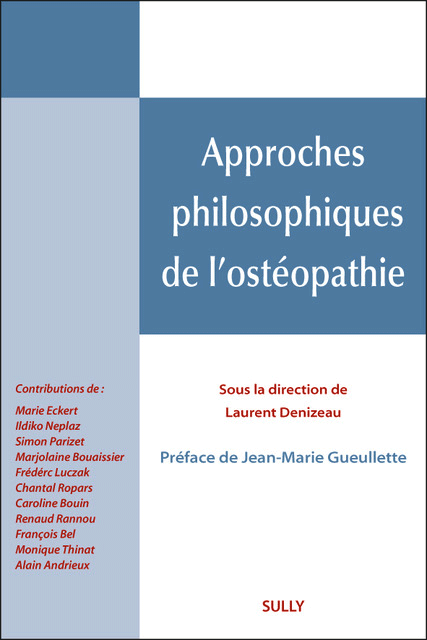1. Books of Mechanical Link
|
|
Dissatisfied with the inconsistent results obtained with their patients when using usual osteopathic diagnostic and treatment methods, the two authors have undertaken research in order to become more efficient. As a result of their work, they have re-examined the basic osteopathic concept while keeping to A.T. Still’s fundamental principle: “structure governs function”, as structure is the osteopathic mechanical link i.e. connective tissue in all its forms. Thus this book suggests, for the first time, a scientific approach to this connective tissue (including bone). From its anatomy, its histology and its relationships with other tissue in the body, precise physiology, biomechanics and physiopathology are drawn that explain a number of symptoms, as well as diseases. From the very particular properties of this connective tissue derives a simple and reliable clinical examination method that uncovers the biomechanical causes of the symptoms presented by a patient, anywhere in the body. These properties also lead to choosing the best possible treatment for each patient, whether allopathic, homeopathic, acupunctural or osteopathic. In the latter case, the technique employed will have to be physiological, therefore in keeping with the caracteristics of connective tissue. Foreword by Dr Didier Feltesse and Jean-Pierre Barral (available in French only)
|
|
|
|
|
Mechanical Link: Fundamental Principles, Theory, and Practice Following an Osteopathic Approach is the first book published in English on the Mechanical Link manual therapy system developed by French osteopath Paul Chauffour. Chauffour and his protégé, fellow osteopath Eric Prat present a comprehensive guide that includes the philosophy behind the system's development along with a thorough explanation of its principles and benefits in the diagnosis and treatment of patients. Edition in English Forewords by John E. Upledger, Jean-Pierre Barral and Bruno Chikly
|
|
|
The authors are French osteopaths who are world renowned for the quality of their teaching, and in this book they present an entirely novel approach of the peripheral nervous system based on a rapid and precise diagnosis of the critical points to be treated. This book is intended for all osteopaths and health professionals who wish to broaden their horizons by integrating in a simple but efficient way the evaluation and treatment of "the neurological lik" into their practice. Bilingual edition English / French Forewords by Stephen Blood and Akiyoshi Shimomura
|
2. Memoirs dealing with the Osteopathic Mechanical Link
|
|
This study has been carried out with the aim of knowing if the recoil technique can cure or relieve patients who suffer from metatarsalgia. We met the patient three weeks later in order to have a feed back on the modification of the intensity of the pain and to take a new footprint. Thanks to this new footprint we could observe the modifications that occurred during the weeks following the manipulation.
|
|
|
The Recoil is a manual technique, sometimes assimilated to the Toggle-Recoil of chiropractors, daily used by osteopaths. If its clinical efficiency is admitted, the way it works, its physiology and mecanism, are not yet well-known. Thus it seemed pertinent to define more precisely this technique in order to understand always better our technical effects on our patients.The main objective of this study is to make an inventory of the knowledge about Recoil so far. The literature used is derived from databases, scientific reviews, mainly chiropractics, books of osteopathy and master's thesis. The recent medical researches about anatomy, neurology, biotensegrity and fascia are also taken into account. Data were studied and organized in three parts : history of the technique and its principles, its practical application and efficiency, it's modes of action.
|
|
|
Restless Legs Syndrome (RLS) is characterized by the urge to move the legs in the evening and/or at night. This painful disturbance often hinders sleep quality. People have difficulty describing the issue and rarely consult for this reason. Moreover, the patient’s symptoms are often misdiagnosed. The etiology of primary RLS is still controversial as a result of which it is classified as an idiopathic pathology. The hypothesis suggested in this thesis is about that the Filum Terminale (FT) is too tense, inducing excessive Traction Force on the spinal cord, for which an osteopathic treatment is proposed. Two groups (with and without RLS) of 20 patients were treated by different Osteopathic Mechanical Link practitioners. We recorded:
|
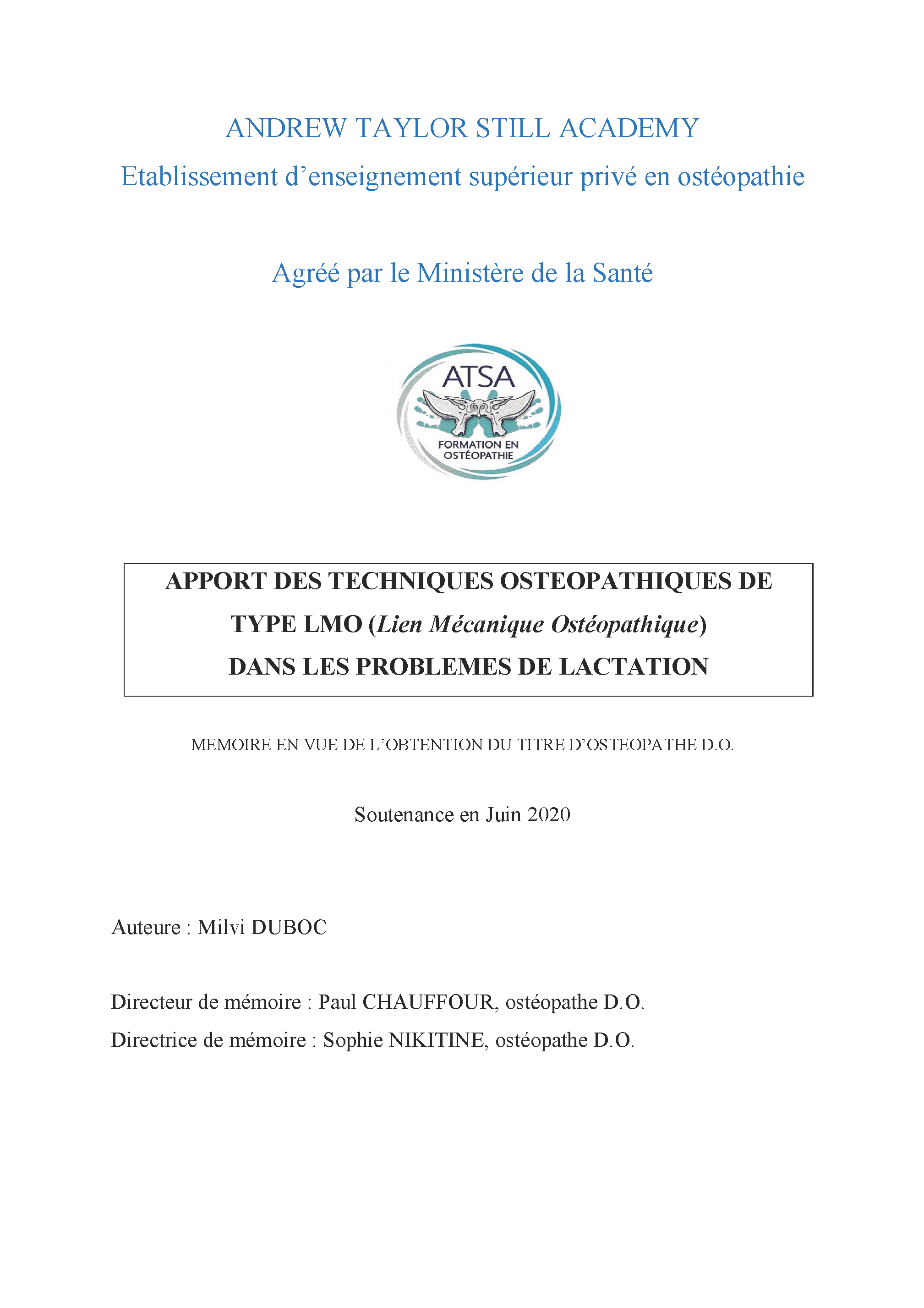 |
Osteopathy is able to improve general symptoms of pain or discomfort. We suspected it was true also for lactation problems. In our memoir, the therapeutic protocol refers to the Lien Mécanique Ostéopathique (“Osteopathic Mechanical Link”), whose only action is the so-called recoil, which we applied by a gentle approach to the breast area.
|
3. Other collaborations of the teachers of Mechanical Link


